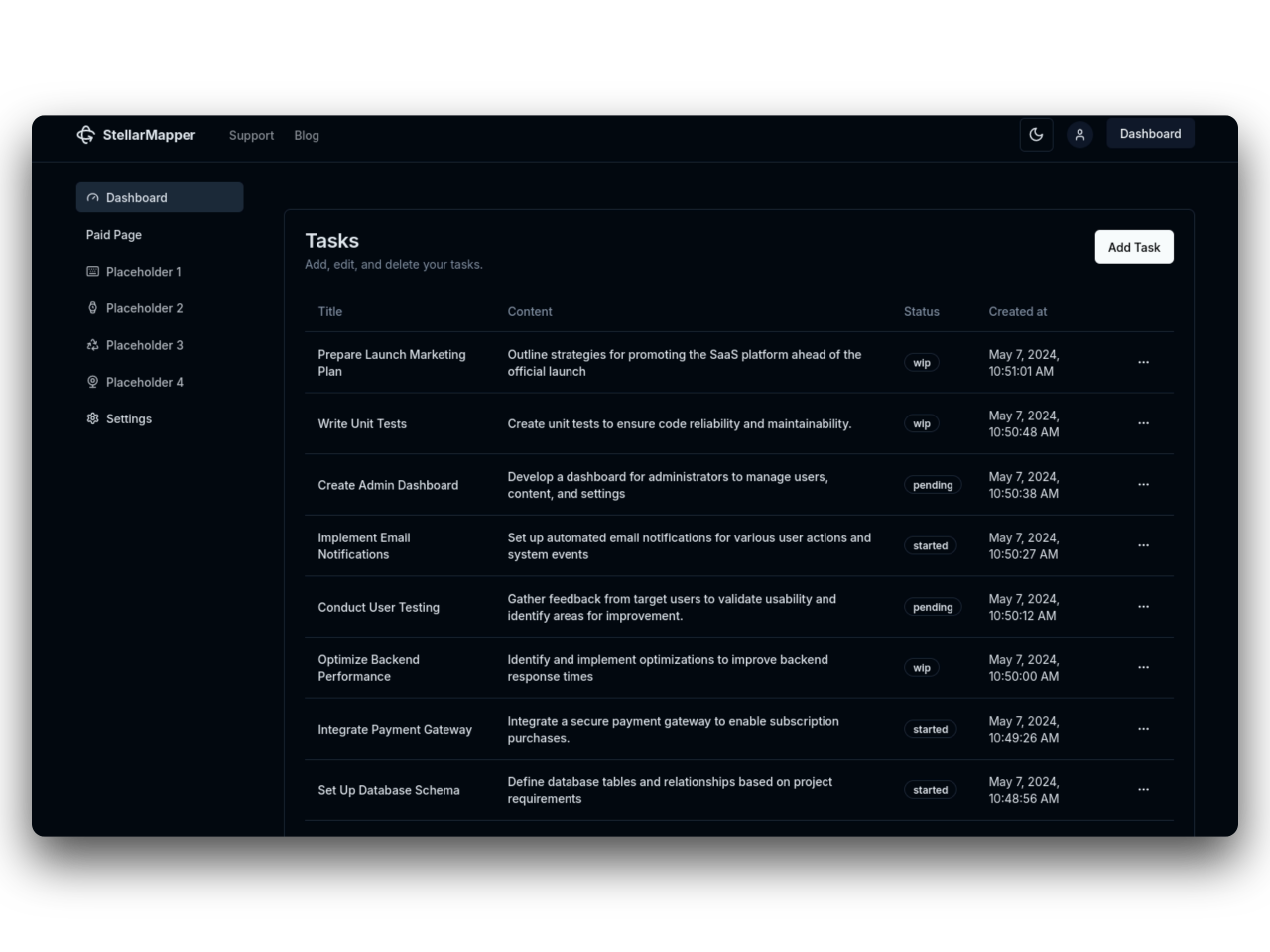The Importance of Onboarding for SaaS Success
The Importance of Onboarding for SaaS Success
In today's fast-paced digital landscape, Software as a Service (SaaS) companies face myriad challenges and opportunities. With a myriad of options available to prospective customers, the beginning of their journey with any given software is pivotal. One of the most critical phases of this journey is onboarding, which significantly impacts user retention, satisfaction, and overall success of the SaaS product. In this blog post, we will explore the importance of effective onboarding, the key elements that contribute to its success, and how it can ultimately drive your SaaS business forward.
Understanding Onboarding
Onboarding refers to the process through which new users of a software product are guided through its features, benefits, and functionality. Think of it as a welcoming handshake—an introduction that sets the stage for users to get comfortable with a new tool. The onboarding experience typically includes a mix of education, support, and engagement strategies designed to ensure that users can effectively navigate the software and derive value from it.
Why Onboarding Matters
1. First Impressions Count
In the world of SaaS, the initial experience can make or break user relationships. Users who struggle to understand how to use a product may quickly become frustrated and abandon it altogether, leading to high churn rates. A well-designed onboarding process helps to create a positive first impression, reinforcing the value proposition and building user confidence.
2. Boosting User Engagement
An effective onboarding program can dramatically increase user engagement. When users receive guidance and support in their initial interactions with the software, they are more likely to explore its full range of features. The more engaged users are, the more likely they are to discover functionalities that will add value to their operations, thereby encouraging continued use.
3. Reducing Churn Rates
Churn is a common concern for SaaS providers; losing customers can severely impact revenue and growth potential. According to research, the reason many users discontinue using a service is not due to dissatisfaction with the product itself but because they did not understand how to use it fully. A thorough onboarding process can help mitigate this risk by equipping users with the necessary knowledge and skills to leverage the software effectively, directly contributing to improved retention rates.
4. Driving Customer Loyalty
Successful onboarding fosters a sense of loyalty among users. When customers feel supported and equipped to utilize a product, they are much more likely to stick with it long-term. Additionally, these satisfied customers often become advocates for your brand, referring others and providing positive reviews that can lead to new user acquisition—a virtuous cycle that benefits the entire company.
Key Elements of Effective Onboarding
1. Clear Communication
Clear and concise communication is paramount during the onboarding process. It is essential to outline the key objectives early on, ensuring users know what to expect. Utilizing straightforward language, avoiding technical jargon, and providing easily digestible instructions will help set users on the right path.
2. Interactive Tutorials and Walkthroughs
Interactive tutorials are a powerful way to engage users and facilitate learning. Rather than relying solely on written documentation, consider offering guided walkthroughs that allow users to experience the software first-hand. These tutorials can highlight essential features step-by-step, guiding users through the setup process while demonstrating how to complete tasks relevant to their needs.
3. Personalization
Personalization can enhance the onboarding experience by tailoring the process to fit a user's specific needs and preferences. Utilizing data gathered during the signup process can help segment users and provide customized onboarding paths. This tailored experience can make users feel valued and understood, increasing their commitment to utilizing your software.
4. Resource Accessibility
Providing users with readily accessible resources—such as FAQs, knowledge bases, and customer support—creates a support safety net during onboarding. Users should feel that they can seek assistance should they encounter challenges. Including a dedicated support channel for onboarding can also encourage users to ask questions without hesitation.
5. Feedback Mechanisms
Continuous improvement is crucial for maintaining an effective onboarding experience. Implementing feedback mechanisms, such as surveys or usability tests, can help gather insights into how users experience onboarding. By analyzing this feedback, you can make necessary adjustments and improvements to the process, ensuring that it remains user-friendly and effective.
Measuring Onboarding Success
To ascertain the effectiveness of your onboarding process, it's vital to track certain key performance indicators (KPIs). Consider metrics such as:
- Time to Value (TTV): Measure how long it takes for users to realize the core value of your software.
- Activation Rate: Track the percentage of users who complete critical onboarding steps required to experience the software's value.
- Churn Rate: Monitor user retention and identify any spikes in churn linked to onboarding experiences.
- User Engagement Metrics: Analyze how frequently and fully users engage with the software after onboarding, which can provide insights into its effectiveness.
Conclusion
In conclusion, onboarding serves as a vital pillar for SaaS success. An effective onboarding process can lead to enhanced user satisfaction, increased engagement, reduced churn rates, and stronger customer loyalty. For SaaS businesses looking to improve their customer journey, investing time and resources into designing a thoughtful onboarding process is not only beneficial—it's essential. As competition in the SaaS landscape continues to grow, those who prioritize onboarding will be best positioned to succeed, creating lasting relationships with their users and standing out in the marketplace.
By focusing on onboarding, you can ensure that users start their journey with your software on the right foot, ultimately driving success for your SaaS business. Whether you are a startup or an established provider, revisiting and refining your onboarding process can yield substantial dividends in the long run. Embrace the importance of onboarding, and set your SaaS company on a path to success.
